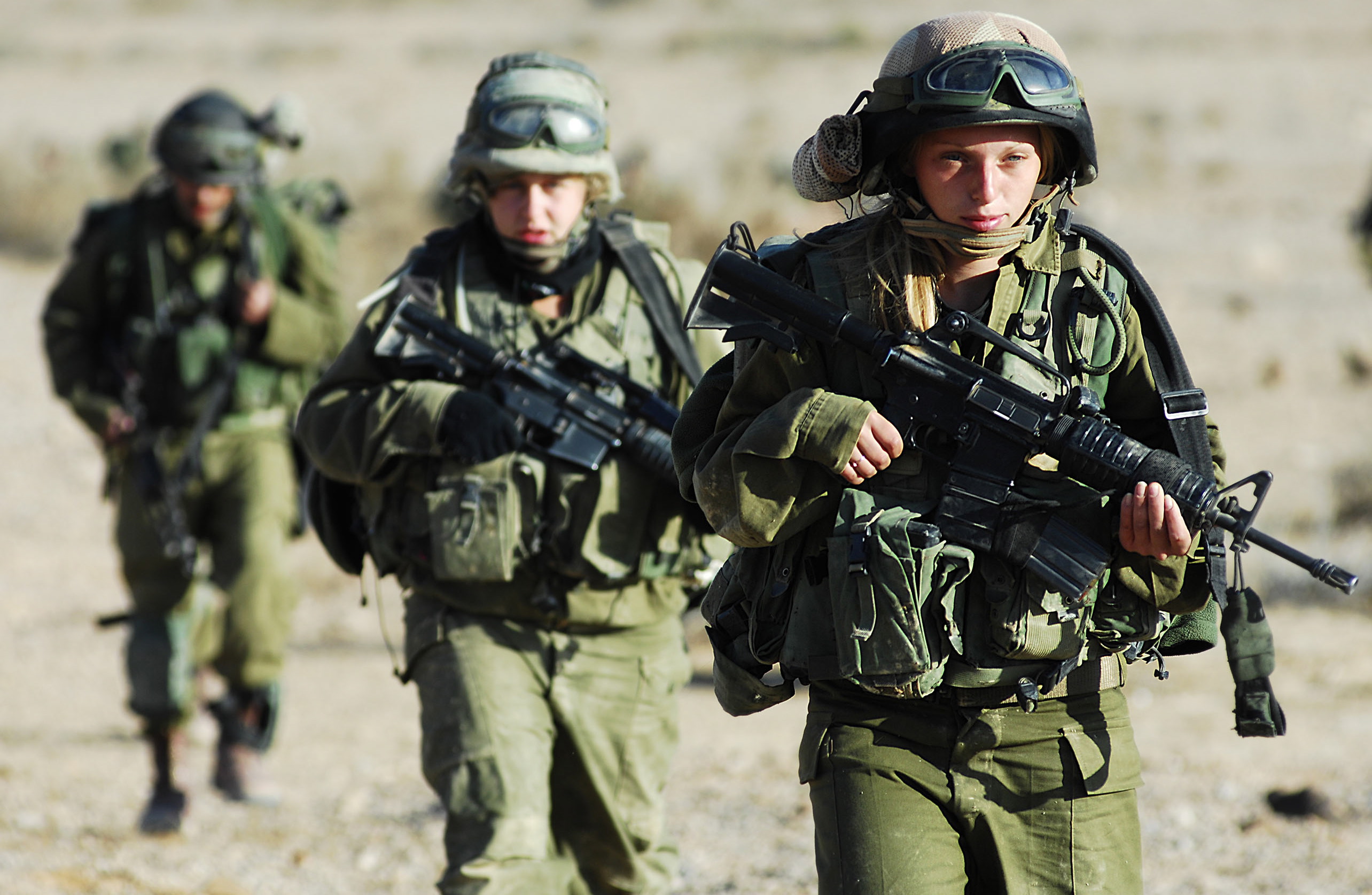As the world rang in the New Year, women serving in the U.S. military had additional cause for celebration. As of January 1, 2016, current female members and incoming recruits will be able to serve in all front-line combat roles and in every branch of the U.S. Armed forces, provided they meet the gender-neutral occupational performance standards for service in combat units.
Legal barriers to the integration of women in combat units were rescinded in the 1990s. Despite this, the Department of Defense (DOD) had until recently implemented the 1994 combat exclusion policy. The policy excluded women from assignment to certain units and military occupations whose primary mission is to engage in direct ground combat such as infantry, artillery, armor, and special operations units. On December 3, 2015, Secretary of Defense Ashton Carter ordered the military to open all combat jobs to women with no exceptions. Under the new policy, women will ‘be allowed to drive tanks, fire mortars, and lead infantry soldiers into combat. They’ll be able to serve as Army Rangers and Green Berets, Navy SEALs, Marine Corps infantry, Air Force parajumpers and everything else that was previously open only to men’. According to Pentagon estimates, the policy move will open approximately 220,000 jobs to women.
The decision has garnered wide support from women’s advocacy groups, current and former servicewomen, and has been welcomed by Air Force, Navy and Army leadership. However, skepticism over the integration of women remains high, especially within the Marine Corps, which had sought to keep the gender-based restrictions in place prior to Carter’s announcement. In addition, important questions surround the issue of selective service and artificial barriers to women’s integration into the combat arms career fields.
An important component of the DOD’s 1994 combat exclusion policy is the definition of the term ‘direct ground combat’ which is defined as ‘[taking] place well forward on the battlefield while locating and closing with the enemy to defeat them by fire, maneuver, and shock effect’. The last 15 years of irregular warfare in Afghanistan and Iraq has widened the gap between the exclusion policy and reality on the ground. American military manpower analyst Kristy N. Kamarck explains that the ‘nonlinear battlefields of Iraq and Afghanistan blurred the distinctions between forward and rear operating areas, often placing support units in the proximity of active engagements’.
In other words, the DOD’s definition of direct ground combat is no longer representative of the modern battlefield and the types of jobs women are actually performing. For instance, Operation Enduring Freedom (OEF) and Operation Iraqi Freedom (OIF) saw women participating in ground patrols, door-to-door operations, convoy escort missions, and women accompanied special operations forces (SOF) as part of Cultural Support Teams. All these occurred on the blurred front-lines of the conflict.
The number of women’s contribution to the U.S. military effort in Afghanistan and Iraq is undeniable. From OEF 2001 to date, an estimated 300,000 women have served in both wars with 9000 female service members earning Combat Action Badges which honor those who engaged or were engaged by the enemy in Afghanistan or Iraq. Additionally, 800 have been wounded and 161 have been killed while deployed in theatre.
Critics of the policy shift argue that military readiness and unit effectiveness will be impacted by the integration of women. In September 2015, Marine Corps Commandant General Joseph Dunford recommended that certain Marine Corps infantry units remain closed to women. He cited a Marine Corps sponsored study that concluded that all-male units were more capable than mixed ones. In addition, the study found a higher injury rate amongst female service members. Navy Secretary Ray Mabus, who oversees the Marine Corps, publicly disagreed with Dunford’s recommendation and argued the Marine Corps ‘will be a stronger force because a more diverse force is a stronger force. And it will not make them any less lethal.’ The Army, Air Force and Navy have overall supported the Pentagon’s decision. Many have also rebuked the Marine Corps’ physical injury argument stating that the study was flawed from the outset and that properly trained and experienced women have already shown their combat effectiveness on the ground during the last two wars.
The policy shift may be long overdue according to some but its implementation faces a series of challenges. First, it raises important questions with regards to artificial barriers to female troop integration in ground combat units. While all members must meet basic military physical standards which take into account differences in gender, individual services may set their own gender-neutral physical occupational standards for entry in particular units. The concern is that these additional physical standards are unnecessarily high and don’t represent the actual physical requirements needed to perform in ground combat units. Evaluation and revision of these standards is a complex challenge. Critics argue that lowering these standards will have a negative impact on combat effectiveness. Although serving and retired female service members support the policy move, they have also expressed the need to maintain combat effectiveness, above all else. Captain Kristen Griest, one of the first women to graduate from U.S. Army Ranger School, stated that ‘No woman that I know wanted to go to Ranger School if they change the standards, because then it degrades what the tab means.’
Secondly, the policy move raises the question of selective service. Should women be allowed a choice to deploy in ground combat while the same choice is denied to their male counterparts? In July 2015, a class-action lawsuit was brought before the Supreme Court in which the constitutionality of the male-only draft was challenged. While the male-only draft was upheld in a 1985 Supreme Court decision, it remains to be seen whether it will stand in light of the new Pentagon combat policy.
Although Secretary Carter issued the order to lift all gender-based restrictions on military service, it is now up to the military departments to rise above the challenges and skepticism ahead to ensure that the best man, or woman, is chosen for each job.




